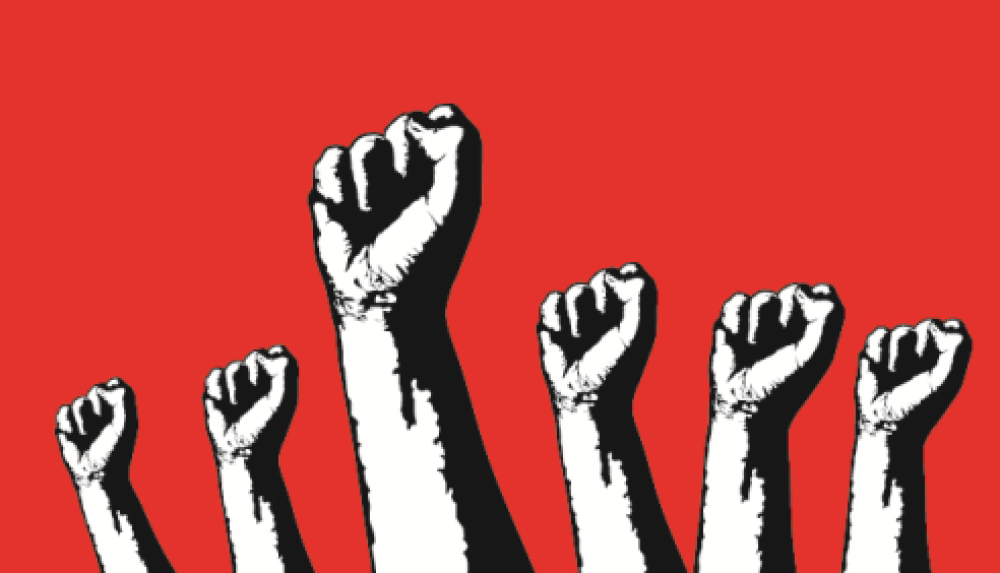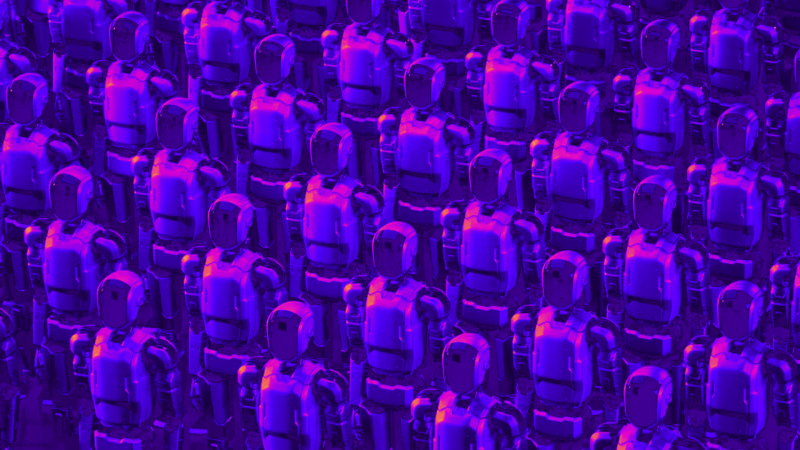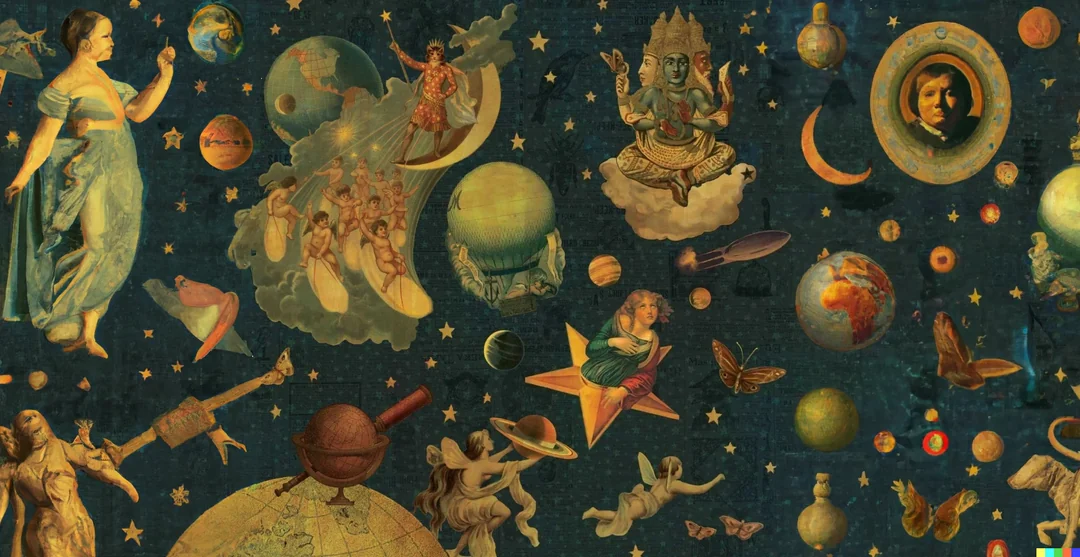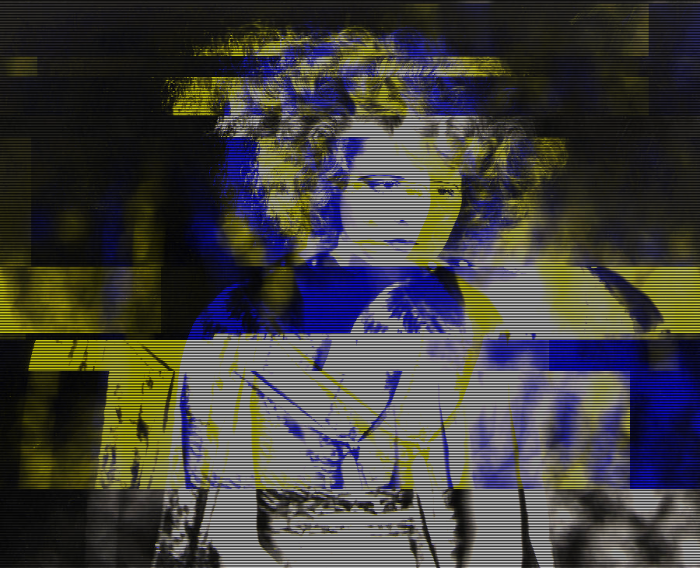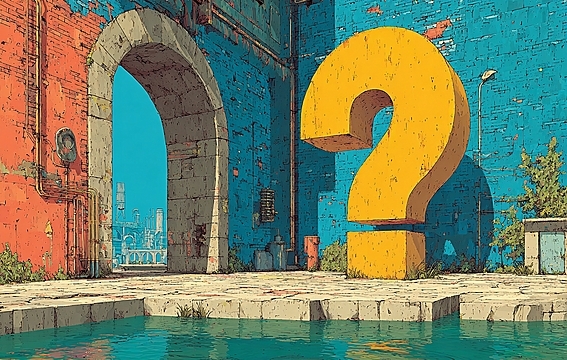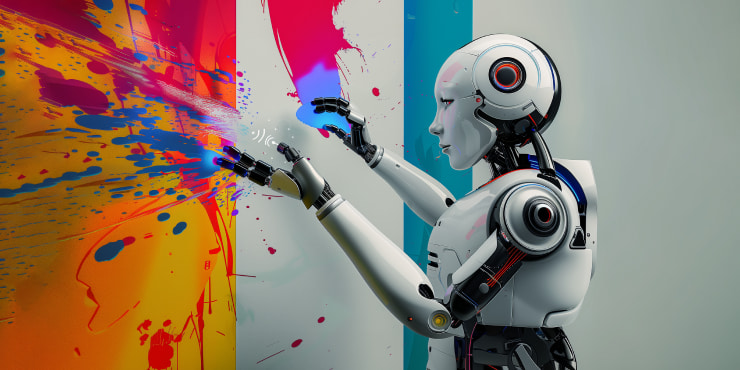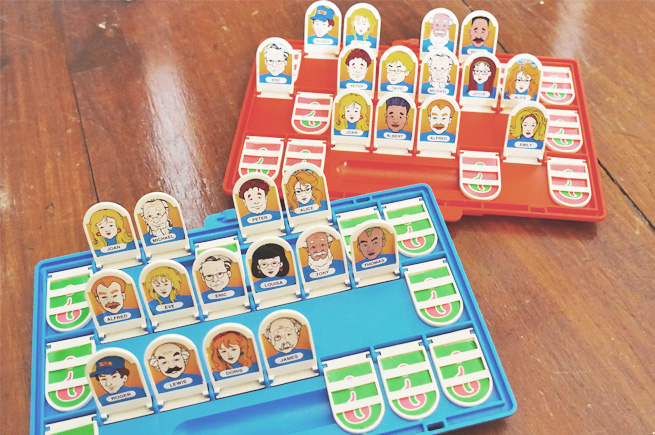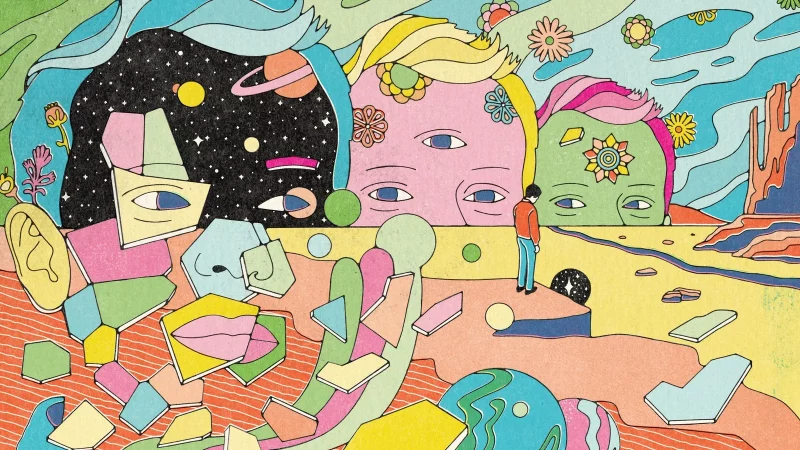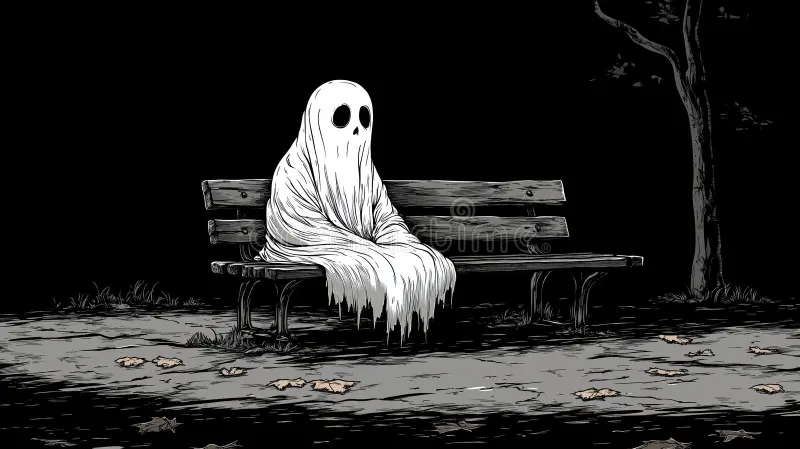Let’s see how these surreal futures from the softer side of tomorrow land.
When the panel dies, research does not end. It changes shape.
Only when the panel dies will we move to a truer model of participation over extraction. A world where data no longer flows one way, from people to platforms, but circulates as shared meaning, created together and constantly renewed.
Panels collapse not from failure, but fatigue. The system can no longer bear the weight of indifference.
In this future, we will not collect data in the way we do today. The survey fades. The focus group dissolves. People no longer wait to be asked what they think; they show it, live it, and code it into everything they do.
So what does a market research agency do then? What does it even look like?
Perhaps it listens.
Every word spoken, every blink, every hesitation in a message is recorded not by corporations, but by you, the human cloud. Instead of panels or trackers, people carry small glass seeds that grow trees of memory. Branches shimmer when someone tells the truth. Leaves change colour when an idea spreads.
Researchers no longer report findings; they translate atmospheres. They trace emotional patterns across time, finding insight in how people connect, not just what they say.
The Future Agency
Future agencies operate as research cooperatives, cultural infrastructures rather than suppliers. They do not deliver projects; they nurture ongoing systems of sense-making.
Clients subscribe to these ecosystems instead of commissioning studies. Each subscription unlocks participation within a network that co-creates ideas, ethics, and cultural understanding.
Revenue flows through cultural equity, a form of creative capital. Agencies earn value through the influence of their ideas and the movement of their thinking. When a framework ripples into new products, campaigns, or public discussions, they receive equity in return, a share of the cultural momentum they helped generate.
This equity can be exchanged for resources, talent, or visibility inside the network, ensuring sustainability without reverting to transaction.
Decision-making unfolds inside living decision environments, part physical and part virtual, immersive spaces built from data visualised as sound, movement, and texture. Clients walk through prototypes of possibility, hearing their choices echo and shift around them.
Invisible systems translate human presence into rhythm and light, but no machine decides what it means.
The agency becomes a conductor of meaning, orchestrating how ideas travel through culture rather than how metrics move through dashboards.
The Micro Collective
Micro collectives operate like temporary cultural accelerators. They form around live tensions such as belonging, rebellion, beauty, and repair, and dissolve once their work is complete.
They earn through shared ownership of what they create. Each piece of research, performance, or experiment generates cultural equity that flows back to its contributors. When a collective’s work inspires change, its creators benefit from the resonance it creates.
Their output is not static insight but provocative experience, sensory installations, participatory performances, and speculative artefacts that act as emotional mirrors.
One collective built a city-wide soundscape using public emotion, capturing ambient tones from conversations, footsteps, and silence to reveal how a city feels during transition. Another grew luminescent mycelium sculptures from fragments of discarded data.
Their success is measured in movement, how far an idea travels and how deeply it changes understanding.
The Solo Researcher
The independent researcher becomes a narrative architect. They interpret complexity, shape stories, and build bridges between emotion and structure.
They gain work through open reputation networks where their perspective, integrity, and creative style are visible. Their value is proven through contribution, not marketing.
Instead of charging fees, they trade in cultural equity. Their ideas are licensed, not sold, and their influence grows as others reuse or build upon their frameworks.
Their craft sits between ethnography and art, writing and design. They create cultural atlases, emotional maps, and interpretive essays that decode the subtle currents of human life.
They are guided by empathy, pattern recognition, and curiosity. They read between gestures and translate silence into signal.
The Circulation of Cultural Equity
In the new research economy, cultural equity replaces financial transaction as the measure of value.
Every contribution, whether an idea, interpretation, or experiment, accrues equity that reflects its creative impact. This equity is transferable, visible, and renewable. It circulates like energy through a shared cultural grid.
Agencies use it as capital. Micro collectives pool it to build open infrastructures. Solo researchers hold it as proof of expertise. Brands use it to maintain transparency, showing where ideas come from and who shaped them.
Equity flows through decentralised trusts, each guided by transparent stewardship to prevent hierarchy from reforming under new names. The system polices itself through visibility.
Participants earn cultural equity not as payment, but as recognition of influence. It grants voice, not currency. Those with higher equity guide prototypes, shape strategy, and mentor others within the network.
Every idea leaves a trace of its lineage, a history of shared creation that cannot be erased. Value comes from what you give to the system, not what you take from it.
The Future Researcher
The next generation of researchers are not analysts. They are curators of attention and interpreters of culture.
Their craft requires:
- Pattern feeling – perceiving social and emotional undercurrents before they solidify.
- Narrative engineering – structuring insight as story, world, and experience.
- Cultural ethics – ensuring participation is transparent, reciprocal, and human.
- Creative coding – using sensory data, sound, and form to express complexity.
- System empathy – understanding the emotional interplay within communities and organisations.
- Collaborative imagination – facilitating collective creativity rather than extracting opinion.
They move easily between disciplines. One day designing a participatory ritual, the next decoding digital folklore or training an adaptive storytelling model.
Their fluency lies in ambiguity. They can hold contradiction without rushing to simplify. Their measure of success is not precision, but resonance.
The Brand That Adapts
Brands evolve into participatory ecosystems. They are not companies with customers, but shared worlds with citizens.
Each brand maintains a living commons, a cultural habitat where people, researchers, and creators collaborate on direction and design. Participation replaces promotion. Ownership becomes shared stewardship.
How the Creative Commons Works
Each brand’s commons is part digital habitat and part shared experiment, a space where citizens, researchers, and creators shape its direction in real time. It behaves more like a cultural organism than a corporate platform.
Access unfolds through curiosity. Anyone can wander in, but depth of involvement comes from contribution: an idea, a prototype, a fragment of experience. Every act of participation becomes a visible part of the commons, traceable yet co-owned.
Rather than surveys, the brand releases provocations. These are open invitations to explore the unknown, not to validate what is already known.
Examples include:
- “If our product could dream, what would it dream about tonight?”
- “Describe the sound this brand should make when it breathes.”
- “Show us what comfort would look like on a planet with three suns.”
- “Invent a ritual using our service that could replace an old habit.”
- “Sketch how people might misuse this product beautifully.”
- “If our logo was a living species, how would it adapt to survive next century?”
These provocations generate emotional and cultural data, which adaptive design systems interpret through texture, rhythm, and tone rather than numerical scoring.
Participants earn cultural equity credits, not as payment, but as recognition of influence. These credits carry creative weight inside the commons, granting participants a voice in shaping what moves forward.
Inside teams, researchers and designers act as gardeners, tending to the growth of ideas and pruning those that wither. The commons is never finished. It hums, evolves, and corrects itself through interaction.
The brand’s output is no longer a campaign or launch. It is a continuing performance of collaboration, constantly rewritten by those who take part. The atmosphere within the commons shifts constantly, sometimes serene and reflective, sometimes wild with energy, alive with shared imagination.
Sometimes the commons fractures. Ideas clash. Influence distorts. Yet even disruption becomes part of the research. The system breathes through its own imperfections.
The Buyers of the Future
Buyers become co-authors in the systems they support. They select brands not only for what they sell, but for the cultural worlds they sustain.
They manage their own data identities, deciding which fragments to release in exchange for creative influence. Many buyers belong to multiple commons, choosing to invest ideas rather than currency.
A single person might help design a shoe line one month, contribute to a film’s narrative world the next, and influence local transport policy through shared cultural equity networks.
Buying becomes a declaration of alignment, an artistic, ethical, and emotional choice. The boundary between consumer and contributor dissolves.
The New Decision Economy
In this world, research is not a process of extraction but a practice of relation.
Decisions emerge from shared sensing, not control. Insight becomes collective awareness, not individual ownership.
The winners are those who create value through connection, curiosity, and care. The losers are those who still mistake measurement for understanding.
Because the next revolution in research will not be built on numbers.
It will be built on relationships.
No one owns the data anymore, yet everyone belongs to it.


